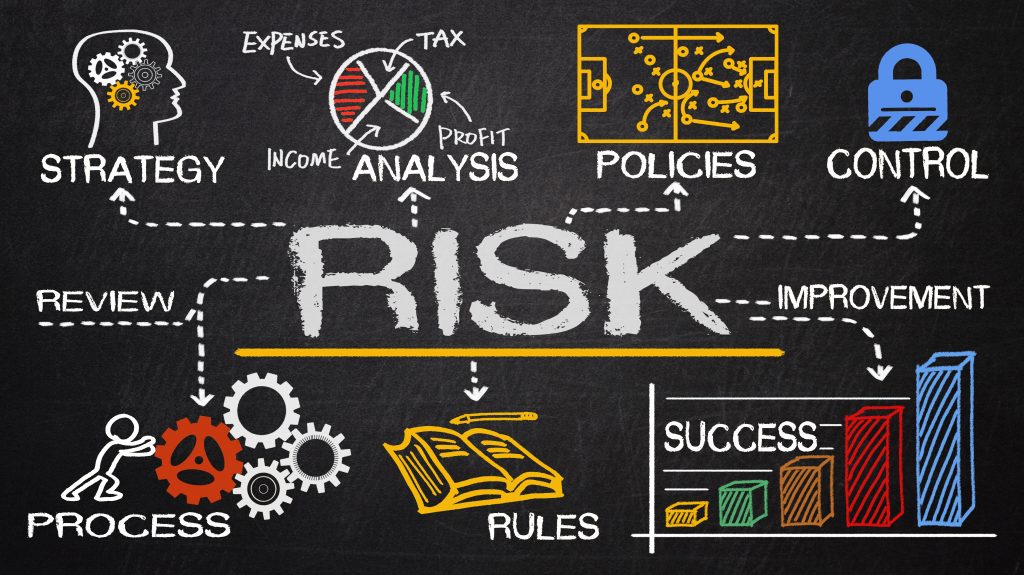Salesforce is one of the most popular Customer Relationship Management (CRM) platforms on the planet, and with good reason: It offers enterprise-level features for large, busy sales teams looking to maximize productivity. Because of its popularity, many sales teams wonder if they can use Salesforce for project management even though it’s not specifically designed to support project success.
In this guide, we’ll cover the pros and cons of using Salesforce project management and discuss how you can make the most of Salesforce’s project management features.
Pros and cons of using Salesforce for project management
First of all, we need to begin this section by clarifying that Salesforce is not primarily intended as a project management system. While the cloud-based CRM platform is great at supporting your sales team, it was not designed as a project management solution.
That being said, Salesforce CRM does offer some features, extensions, and workarounds that can help with project management within a sales context. However, since Salesforce was not designed with project managers in mind, that means that it lacks many features that are standard issue in more dedicated project management tools.
This means that, if you have extensive, complex project management needs, then even the workarounds might not be enough to make Salesforce meet your requirements. Salesforce is also mostly intended to be used by sales teams, making cross-functional collaboration with other teams like marketing and finance very difficult.
At this point, you are probably asking yourself why you wouldn’t use a separate project management platform in addition to the Salesforce solution.
| Why Salesforce for Project Management? | |
 |
One of the big advantages of managing projects inside Salesforce is ensuring that all your projects, accounts, opportunities, cases, and so on remain linked and synced in real time. Using a single system also cuts down on errors and reduces duplicate work, leading to greater efficiency and accuracy. |
With these benefits in mind, we’ll dedicate the rest of this guide to walking you through how you can use Salesforce project management despite its limited capabilities.
Also read: How to Use Tableau for Project Management
How to use Salesforce for project management
While Salesforce project management capabilities are limited, they do cover some core functions, including task notifications and internal communications tools. Salesforce also offers a marketplace for additional software apps, like Mission Control, that can boost its project management capabilities considerably.
Task notifications
Fortunately, the Salesforce platform allows project managers to activate task notification so that sales reps get automatic reminders. In Salesforce Classic, this takes the form of email notifications when an incomplete task is assigned to one user by another; notifications are not sent when you assign a task to yourself.
If you have Salesforce Lightning Experience—which features an updated UI and more functionality compared to Salesforce Classic—you can set reminders and enable notifications on your to-do list items. This makes Salesforce Lightning Experience function a little bit more like a project management tool and keeps your account teams on track.
To ensure your project team members receive reminders about upcoming tasks in Salesforce Lightning, have them check to see if Universal Notification Service (UNS) is enabled. UNS should be enabled by default, but if you’re going to rely on Salesforce for more task management duties, it’s not a bad idea to look.
Like most CRM solutions, Salesforce supports simple to-do lists. These are helpful for keeping track of what you need to do, but they aren’t necessarily meant to replace the task management features typical of project management software.
Chatter social media app
Chatter is Salesforce’s enterprise social media app, and in many ways it functions like a native project management app as well. Unlike most social media platforms, though, Chatter is designed to boost productivity and collaboration, not detract from the work experience, meaning that it includes multiple features that are useful for senior project managers.
Anyone who uses Chatter can create a new post, and project teams can use these to organize around multiple projects. Chatter posts are similar to cards in Trello or Asana: The post itself defines the task or project, and users can comment on posts to share relevant files, ask questions, and provide status updates.
Chatter also allows you to perform many other tasks within the app itself, including creating support cases, updating sales opportunities for your Opportunity Teams, approving project funds, editing orders, and more. By keeping all these items within one app, Chatter streamlines the work process and makes it easier for your team to keep monitoring the project status.
You can create groups within Chatter so that the entire company doesn’t see posts that are only relevant to a handful of people. From there, add topics to posts to organize by role, campaign, or location and encourage team collaboration. If you use it correctly, Chatter can be a great tool for bringing more of your project management activity into Salesforce CRM.
AppExchange marketplace
One of the best—and indeed, one of the only—ways to use Salesforce for project management is to add on tools from third-party developers found in the AppExchange marketplace. Doing a simple search returns over 300 project management app results, some of which you’ll recognize depending on what project management methodology you follow.
This is a great way to integrate the project management software solutions you already use, but there’s no need to worry if you don’t use a project management app for your business system. Plenty of developers make apps just for Salesforce, though they usually come at an additional cost. For instance, Milestone PM was created to help users make Salesforce project templates with ease, while Mission Control offers complete project management capabilities within Salesforce
That being said, if you only want a way to make Gantt charts in Salesforce, for instance, it will probably be less expensive to pay for a third-party Salesforce integration on AppExchange than to buy a standalone project management solution for every team member who needs access.
Finding the right CRM for project management
There’s no denying that Salesforce is one of the leading CRMs in the world, and it represents best-in-class sales software in many ways. However, Salesforce project management can fall short if you are looking for a platform that can be used beyond just sales.
Native features like task notifications and the Chatter social media app provide some project management capabilities. Integrating third-party productivity apps like Mission Control can also mitigate some of that lack of other project management features in Salesforce.
However, some teams may benefit from looking into a different CRM with more native project management features. To learn more about what options are available, check out our CRM software guide to see our top CRM picks for 2023.





